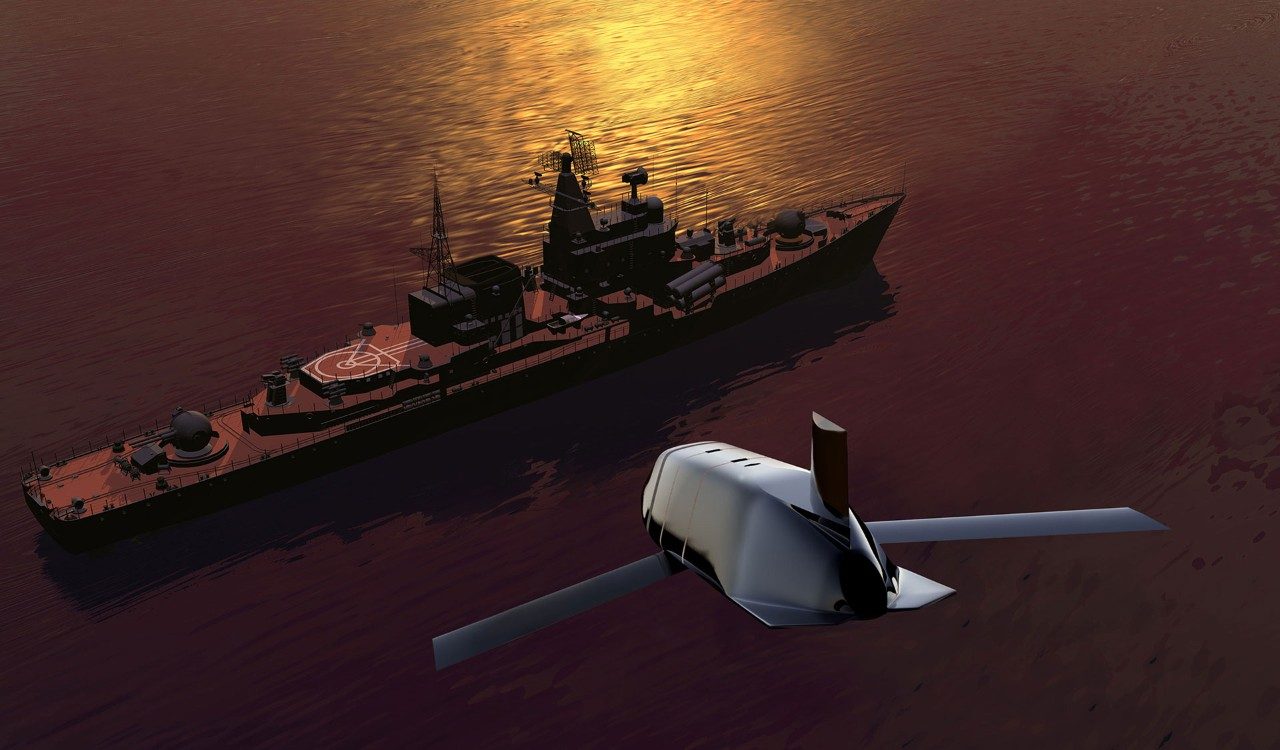The United States Navy recently conducted a significant test involving four AGM-158C-3 Long-Range Anti-Ship Missiles (LRASMs), marking a milestone in the development of these stealth anti-ship weapons. Lockheed Martin, the manufacturer, hailed the event as a pivotal step forward in ensuring maritime security in the face of rising threats, particularly from China.
This test, part of the 12th Integrated Test Event, showcased the LRASM's formidable capabilities in terms of lethality, mission planning, and target integration. The successful demonstration met all objectives set by the US Navy, affirming the missile's readiness for deployment.
Lisbeth Vogelpohl, LRASM program director at Lockheed Martin Missiles and Fire Control, emphasized the company's commitment to providing reliable and effective solutions to empower warfighters and ensure mission success.
The LRASM, belonging to the AGM-158 family, stands out for its lethal, long-range, and survivable features, making it a potent weapon against well-defended surface combatants. Its precision-guided technology allows it to engage a wide range of targets, including hostile ships, submarines, and land-based threats, with a minimum range of 200 nautical miles.
Derived from the AGM-158B JASSM-ER, the LRASM boasts advanced autonomous targeting capabilities, reducing reliance on external navigation systems in hostile environments. Its integration into various aircraft platforms, including the B-1B, F/A-18E/F, and upcoming F-35 and P-8 aircraft, underscores its versatility and strategic importance.
The US Air Force's multiyear acquisition plan for LRASMs reflects the growing recognition of its significance in countering Chinese naval aggression, particularly in potential conflicts involving Taiwan. With China's increasing assertiveness in the Indo-Pacific region, long-range weapons like the LRASM are expected to play a crucial role in early-stage engagements, circumventing China's formidable anti-access/area-denial capabilities.
In addition to aircraft deployment, the LRASM's compatibility with the Mark 41 Vertical Launching System opens up possibilities for deployment on various US Navy warships, further enhancing its flexibility and reach.
As tensions escalate in the Indo-Pacific, the LRASM stands as a symbol of America's commitment to maritime security and readiness to confront emerging threats, ensuring a deterrent against potential adversaries like China.
